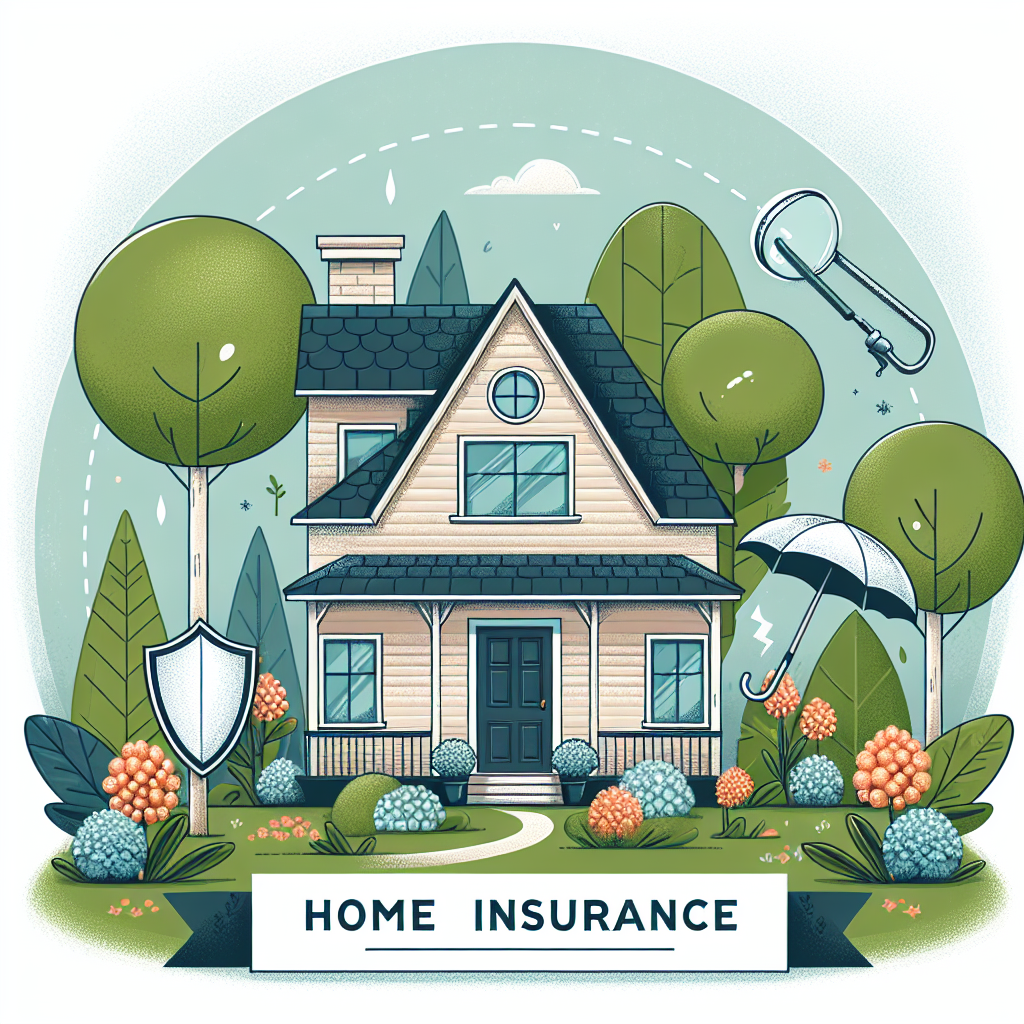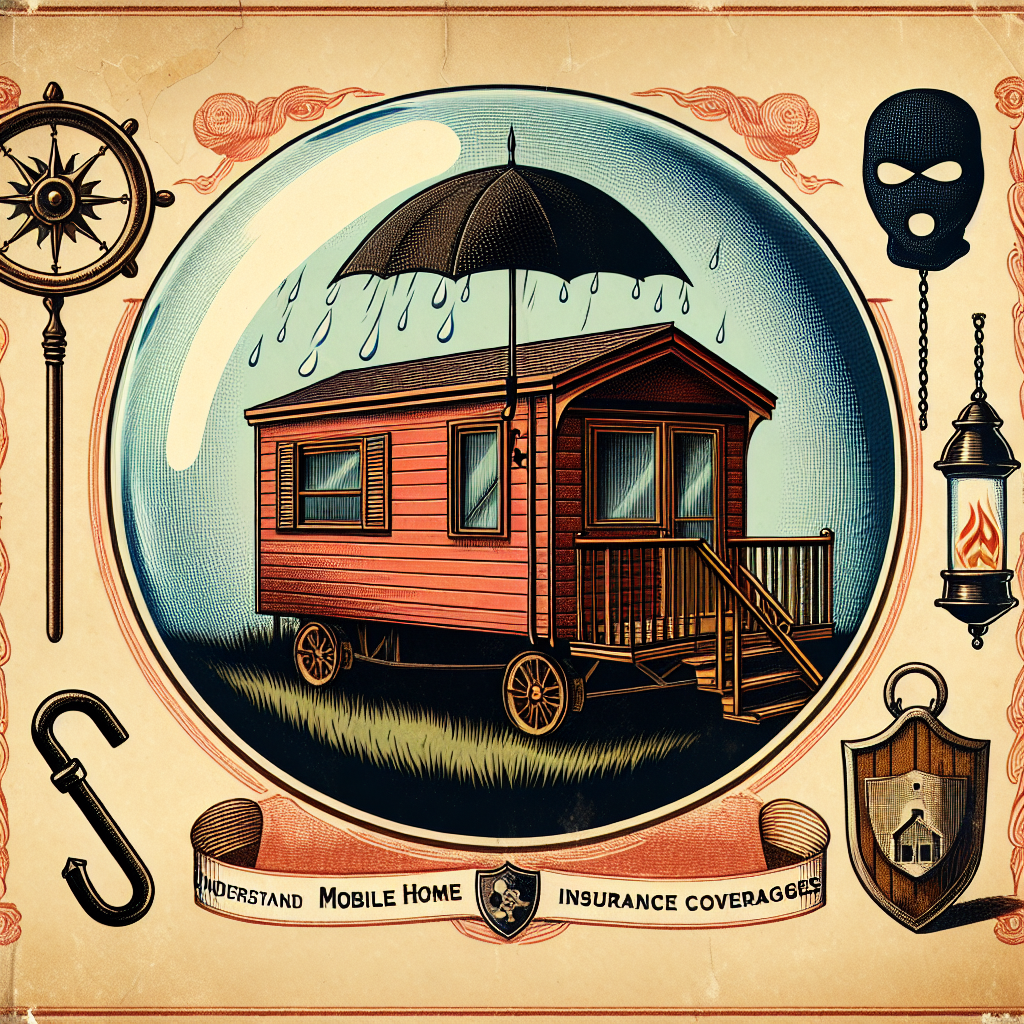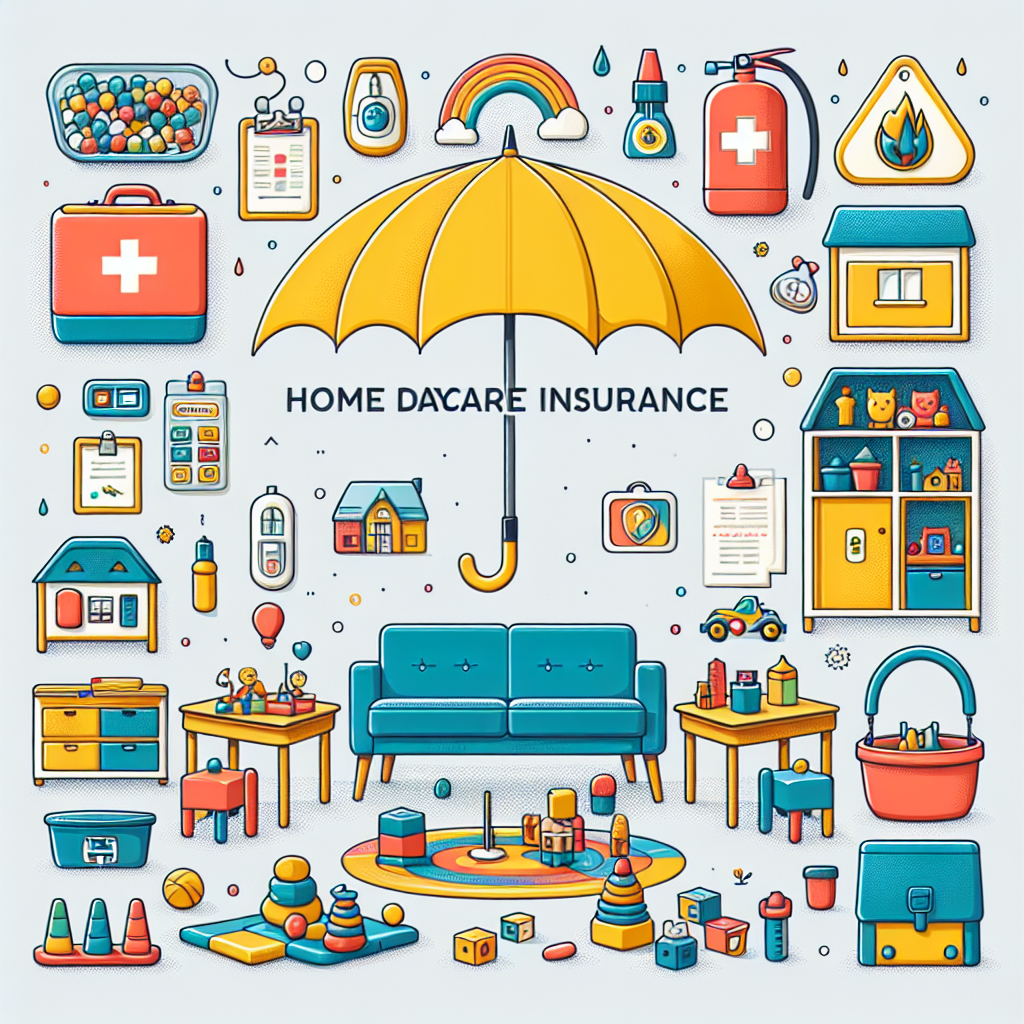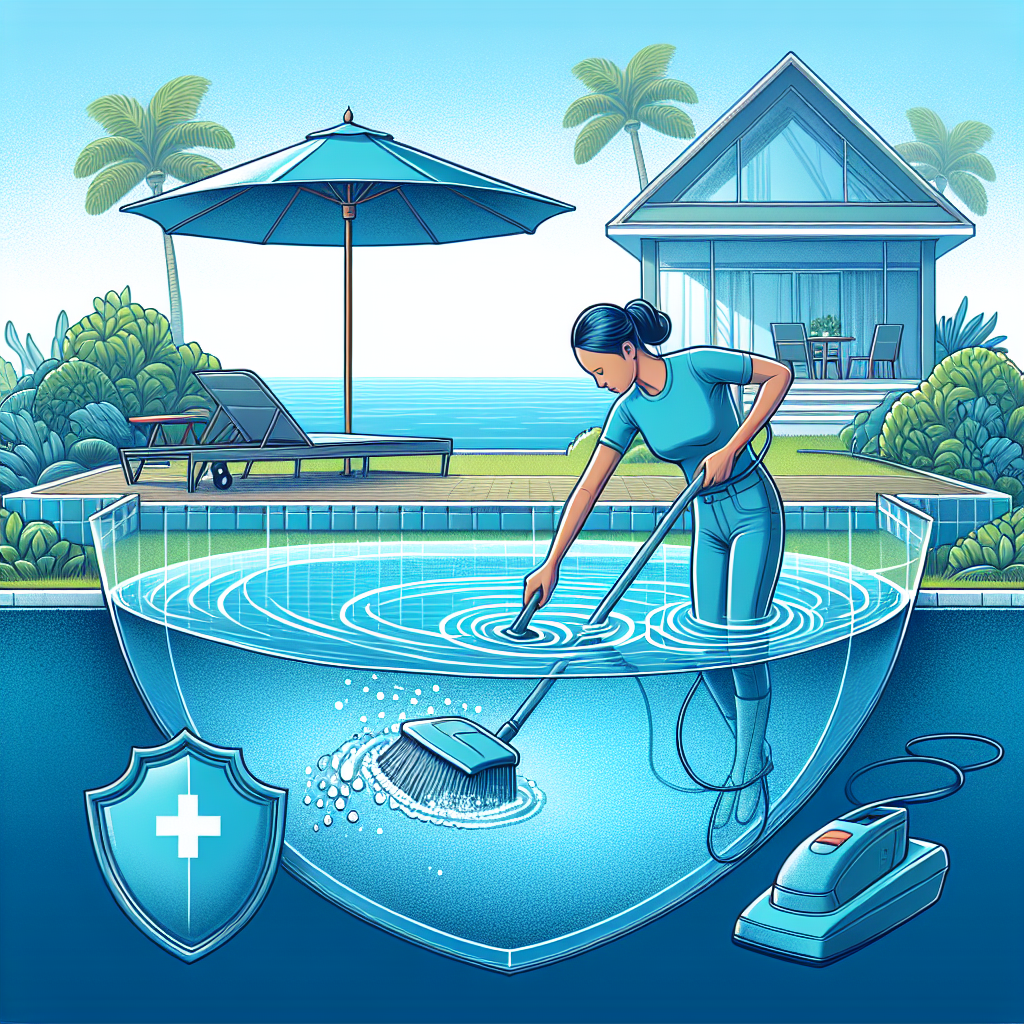Filed under Home Insurance on
Personal Liability Coverage Home Insurance Guide

Accidents happen fast, lawsuits move slowly, and the bills can grow in both directions. If someone slips on your porch, your child shatters a pricey window at a neighbor’s house, or a guest is injured by your dog, the dollars attached to those mishaps can be shocking. This Personal Liability Coverage Home Insurance Guide breaks down what liability insurance in a homeowners, condo, or renters policy actually does, what it doesn’t do, how much you may need, and smart ways to reduce risk while protecting your assets and future earnings.
What personal liability coverage is, in plain language
Personal liability coverage is the part of a home policy that pays for injuries or property damage you or household members cause to others, up to the policy limit, when you’re legally responsible. It typically includes legal defense—lawyers, expert witnesses, court fees—even if a claim is groundless. Most policies protect you anywhere in the world, not just at home.
In other words, it’s your financial backstop for everyday negligence. You didn’t intend harm, but you’re still on the hook. A thorough Personal Liability Coverage Home Insurance Guide can help translate legal jargon into decisions you can act on with confidence.
What it usually covers
While every insurer’s form varies, standard homeowners (HO-3), condo (HO-6), and renters (HO-4) policies generally offer similar protections under Coverage E (Personal Liability) and Coverage F (Medical Payments to Others).
Circumstances that are typically covered
- Bodily injury to others caused by your negligence, such as a delivery driver tripping on a loose brick or a guest injured by a wobbling deck step.
- Property damage to others, like your child breaking a neighbor’s window or your tree limb crushing a parked car during a storm if you failed to maintain it.
- Incidents away from home, for example your dog biting someone at a park or you accidentally knocking a bike into a pedestrian.
- Legal defense costs, including attorneys and court fees, even if a claim is unfounded or eventually dismissed.
- Medical payments to others (usually a smaller limit), which can settle minor injuries quickly without establishing fault.
Quick note on medical payments: this is a no-fault coverage designed to defuse small incidents. It doesn’t replace liability coverage; it complements it.
What it does not cover
Knowing the boundaries is as important as knowing the benefits. A clear-headed Personal Liability Coverage Home Insurance Guide should call out common exclusions so you aren’t surprised later.
Common exclusions and gaps
- Intentional harm: If you deliberately hurt someone or damage property, liability coverage will not respond.
- Auto accidents: These are handled by your auto policy. Even a golf cart or ATV may need separate coverage depending on where and how it’s used.
- Business activities: Running a business from home, selling products, or providing services often requires a business endorsement or separate policy.
- Professional liability: Advice-for-a-fee or professional services require specialized coverage.
- Injuries to household members: Liability coverage is for others, not residents of your home.
- Large watercraft or certain recreational vehicles: Size and horsepower limitations often apply.
- Certain dog breeds or animal exclusions: Some insurers exclude or surcharge high-risk breeds or prior bite histories.
- Short-term rental exposures: Hosting guests through a platform may not be covered unless specifically endorsed.
- Personal injury (libel/slander): Many policies require an endorsement to cover defamation, false arrest, or invasion of privacy.
Who needs it (and how it differs by policy type)
Almost everyone who rents or owns a home benefits from liability protection—and the cost per dollar of coverage is usually very low compared to the potential financial hit from a claim.
Homeowners (HO-3)
Homeowners policies include Coverage E (Personal Liability) and Coverage F (Medical Payments). Limits typically start at $100,000, but many advisors recommend $300,000 to $500,000 at minimum due to rising claim severity and litigation costs.
Condo owners (HO-6)
Condo policies work similarly for liability. The condo association’s master policy covers shared areas, but your personal liability still applies to incidents you cause, anywhere in the world.
Renters (HO-4)
Renters policies don’t insure the building itself, but they include the same personal liability benefits. For tenants with pets, guests, or active lifestyles, this protection can be critical—and is often very affordable.
Landlords (Dwelling policies)
If you rent out a separate property, you’ll typically carry a dwelling policy. Landlord liability focuses on premises-related risks for tenants and visitors. Be transparent with your insurer about rental status and short-term hosting to avoid gaps.
How much liability coverage do you need?
Selecting a limit isn’t guesswork. The right number depends on your assets, income, lifestyle, and risk profile. Here’s how to think it through.
Factors to weigh
- Net worth and home equity: The more you have to protect, the higher your limit should be.
- Future earnings: Courts can garnish wages in some cases of judgments, so high earners have more at stake.
- Risk exposure: Pools, trampolines, dog ownership, frequent hosting, and teenage drivers increase risk.
- Local legal climate: Some jurisdictions see more litigation and larger awards.
- Umbrella coordination: Umbrella policies require a certain underlying home and auto limit (often $300,000).
Practical guidelines
- Avoid the minimum. Many insurers start at $100,000, but that can be exhausted quickly by legal fees alone.
- Common choice: $300,000 to $500,000 for many households.
- Higher net worth or elevated risks: $500,000 plus a $1 million (or more) umbrella is a sensible baseline.
When in doubt, calculate your exposed assets and consider your earning trajectory. A robust Personal Liability Coverage Home Insurance Guide should emphasize that raising liability limits is typically inexpensive compared with property coverage—the extra premium often amounts to a few dollars a month.
What an umbrella policy adds
A personal umbrella policy sits on top of your home and auto liability. If a claim exceeds your home policy’s limit, the umbrella kicks in—often in million-dollar increments. It also usually broadens coverage territory and can cover personal injury offenses like libel or slander when endorsed properly.
Premiums are often modest relative to the protection gained. Households with teen drivers, pools, boats, or significant assets are common umbrella buyers. Any well-rounded Personal Liability Coverage Home Insurance Guide should showcase the umbrella as the simplest way to add a protective moat around your finances.
Real-world claim scenarios
Abstract coverage becomes clearer with examples. These hypothetical scenarios show how liability protection might respond.
Dog bite at a block party
A guest bends down to pet your dog, which nips and punctures the skin. The guest needs stitches, later alleges nerve damage, and hires an attorney. Your insurer assigns counsel, covers medical bills, and negotiates a settlement. If total costs are $180,000 and your limit is $300,000, you’re within coverage. If your limit were $100,000 and the claim reached $250,000, your umbrella would be lifesaving—or you’d owe the difference personally.
Backyard deck collapse
Rot you missed during maintenance causes a partial collapse during a graduation party. Multiple guests are injured, and allegations include negligence for failing to maintain the deck. Defense costs and settlements can easily run six figures. Here again, your liability and umbrella structure determine whether you’re writing a personal check.
Bicycle collision on vacation
You accidentally collide with a pedestrian while biking, causing a broken wrist and lost wages. While far from home, your policy’s worldwide liability and defense provisions can respond. This is where the portability of coverage really matters, a point every Personal Liability Coverage Home Insurance Guide should underscore.
Stray baseball through a window
A weekend game in the yard goes awry and a ball smashes a neighbor’s antique stained-glass window. Your policy steps in for the cost to repair or replace the window and any related damage, subject to limits.
Trends shaping liability risk now
Several forces are pushing claim costs higher overall, even when you do everything right.
- Social inflation: A combination of litigation funding, changing juror attitudes, and rising medical costs has contributed to larger verdicts.
- Medical expense inflation: Hospital, rehab, and specialist costs have climbed faster than general inflation.
- More outdoor living spaces: Decks, patios, pools, and playsets increase exposure if not maintained or safeguarded.
- Digital reputations: Defamation risks have expanded with social media. Consider adding a personal injury endorsement or umbrella coverage that includes it.
These dynamics reinforce the case for higher limits and thoughtful risk management—a theme at the heart of any Personal Liability Coverage Home Insurance Guide written for today’s legal environment.
The claims process, step by step
When an incident occurs, clarity and calm help you navigate the next steps.
- Prioritize safety: Seek medical attention and prevent further harm.
- Document the scene: Photos, video, names of witnesses, and a written account while details are fresh.
- Notify your insurer: Prompt notice helps protect your rights and triggers the duty to defend.
- Do not admit fault: Share facts, not opinions. Let adjusters and counsel determine liability.
- Preserve evidence: Keep damaged items and maintenance records.
- Cooperate with defense counsel: Answer questions candidly and attend required proceedings.
- Mind your public statements: Avoid social media posts about the incident.
Insurers may issue a “reservation of rights” letter while investigating coverage. That’s normal; it preserves both sides’ legal positions. Your defense is typically paid by the insurer up to policy limits and subject to policy terms.
Endorsements and options to consider
Coverage can be tailored. Talk with a licensed agent about endorsements that match your life.
- Personal injury endorsement: Adds coverage for libel, slander, and related offenses.
- Home business or incidental business: Broadens protection if you earn income from home.
- Animal liability: Removes dog exclusions or raises sublimits where available.
- Watercraft or recreational vehicle: Extends coverage for specific sizes and horsepower.
- Special events: For large gatherings, discuss short-term liability options.
Cost expectations
Exact pricing varies by state, insurer, claims history, and risk factors, but a few patterns hold:
- Raising liability from $100,000 to $300,000 or $500,000 often adds only a small amount to annual premium.
- Umbrella policies commonly start around one million dollars of coverage and can be surprisingly affordable for the protection they offer.
- Endorsements (like personal injury or animal liability) usually add modest cost relative to the potential benefit.
Because the incremental premium is often small, it’s one of the highest-value moves you can make—a point worth repeating in any data-driven Personal Liability Coverage Home Insurance Guide.
Risk reduction you can implement this weekend
Small fixes can prevent big headaches. Consider these practical steps:
On your property
- Repair trip hazards: Fix loose steps, cracked walkways, and uneven pavers.
- Improve lighting: Illuminate driveways, entrances, and stairs.
- Deck diligence: Inspect for rot, loose rails, and rusted fasteners; document repairs.
- Pool and trampoline safety: Install fencing and self-latching gates; require supervision.
- Winter readiness: Have a plan for ice and snow removal.
Animals and guests
- Training and restraint: Keep pets leashed or in secure areas during gatherings.
- Clear “house rules”: Post simple safety reminders near pools and stairs.
- Capacity control: Avoid overcrowding decks or balconies beyond rated limits.
Paper trails and people
- Contractors: Hire licensed and insured professionals; collect certificates of insurance.
- Maintenance logs: Keep receipts and photos of repairs and inspections.
- Social media sense: Think twice before posting potentially defamatory remarks.
Legal basics worth knowing
You don’t need to be a lawyer to protect yourself, but a few concepts help.
- Negligence: Most claims require proving you failed to exercise reasonable care.
- Comparative fault: Responsibility can be shared; your liability may be reduced if the injured party is partly at fault.
- Attractive nuisance: Pools and trampolines can draw children; you owe a higher duty of care to secure them.
- Statutes of limitations: There’s a time limit to bring claims, varying by state and claim type.
Your insurer’s duty to defend is powerful; it puts experienced counsel on your side. Maintaining appropriate limits ensures that duty is meaningful throughout the life of a claim.
How to read your policy like a pro
Policy language can be dense, but a little focus goes a long way. Use this mini walk-through when reviewing your documents.
- Declarations page: Confirm liability and medical payments limits, deductibles (usually none for liability), and endorsements listed.
- Coverage E and F sections: Note what’s included and the conditions attached.
- Exclusions: Highlight items that matter to you—animals, recreational vehicles, business use.
- Definitions: Terms like “occurrence,” “residence premises,” and “bodily injury” shape coverage.
- Endorsements: These modify the base policy—both expanding and restricting coverage.
If anything is unclear, ask your agent or broker for a plain-English explanation and request confirmations in writing.
Short-term rentals and special situations
Hosting guests for pay changes the risk profile. Some platforms offer host guarantees, but those are not substitutes for insurance and often include major exclusions. Many insurers now offer specific endorsements for occasional hosting, while frequent rentals may require a dedicated policy. Clarify this before your next booking—another tip that belongs in a practical Personal Liability Coverage Home Insurance Guide.
FAQs
Does personal liability coverage apply if my tree falls and damages a neighbor’s property?
If a healthy tree falls in a storm, it’s generally considered an act of nature and your liability may not be triggered. But if you ignored obvious decay or failed to maintain it, liability exposure increases. Either way, your neighbor’s property insurer may seek recovery from your insurer if negligence is alleged.
What if a guest is injured but doesn’t want to “sue”?
Medical payments to others can cover smaller injuries without a lawsuit or admission of fault. If costs escalate or liability is asserted, Coverage E and your insurer’s defense team step in.
Are injuries from my kid’s friends at our trampoline party covered?
It depends on policy terms and any trampoline exclusions. Even if covered, these claims can be severe. Strong safety protocols—and a higher liability limit plus umbrella—are prudent.
Does liability coverage follow me when I travel?
Typically yes, worldwide, for non-auto incidents. Keep in mind that local laws and courts may influence outcomes. Your auto policy still governs auto-related incidents.
What about volunteer activities?
Many policies cover volunteer acts for nonprofits provided you’re not paid and you’re not using an auto or providing professional services. Verify with your insurer.
Buying checklist
Before you renew or buy, run through this quick list.
- Set a target limit: Start at $300,000 to $500,000; higher if you have significant assets or risks.
- Coordinate an umbrella: Add at least $1 million; more if you have teen drivers, a pool, watercraft, or a high net worth.
- Add endorsements: Personal injury, animal liability, and home business where applicable.
- Review exclusions: Especially for short-term rentals, certain dog breeds, and recreational vehicles.
- Choose a stable insurer: Consider financial strength ratings and claim service reputation.
- Document and maintain: Keep safety and maintenance records; they help in both prevention and defense.
Putting it all together
Personal liability coverage is one of the best returns on premium you can buy. It pays for attorneys when you need them most, covers settlements or judgments up to your limits, and travels with you beyond your driveway. A thoughtful blend of adequate limits, an umbrella policy, and a few targeted endorsements can transform your coverage from “good enough” to resilient.
Equally important are the simple steps you take at home: fix loose steps, add lighting, secure the pool, train the dog, and keep records. These actions prevent many claims and strengthen your defense when accidents happen anyway.
If you take one idea from this Personal Liability Coverage Home Insurance Guide, let it be this: raise your base limits, coordinate an umbrella, and address your unique risks. The cost to do so is usually small; the difference it makes on the worst day of your financial life can be enormous.
Next steps
- List your assets, debts, and major risk factors.
- Review your declarations page and endorsements.
- Ask your agent for quotes at $300,000, $500,000, and $1 million with and without a $1–$5 million umbrella.
- Address obvious safety fixes this week and set a calendar reminder for seasonal maintenance.
With a plan in place and the guidance from this Personal Liability Coverage Home Insurance Guide, you can enjoy your home and your life with fewer what-ifs—and far more peace of mind.





